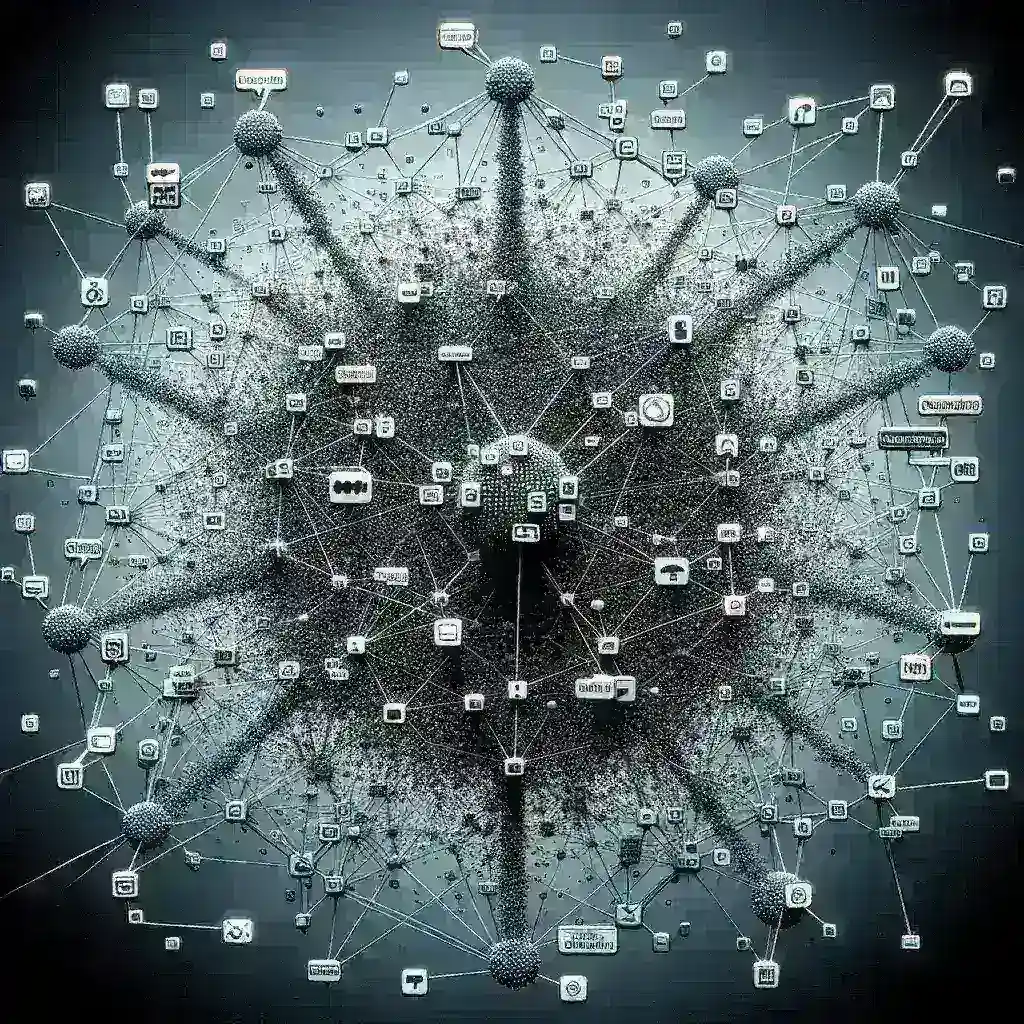Introduction
In an era where information is power, the control of content distribution has become a critical issue. Traditional content distribution networks (CDNs) often operate under centralized models, which can lead to censorship and restrictions on free speech. However, decentralized content distribution networks (DCDNs) offer a revolutionary alternative that resists both censorship and central control. This article explores the significance of DCDNs, their advantages and disadvantages, and their potential impact on the future of digital communication.
Understanding Decentralized Content Distribution Networks
Decentralized content distribution networks leverage blockchain technology and peer-to-peer (P2P) protocols to distribute data across a network of nodes. Unlike traditional CDNs that rely on a central server to store and deliver content, DCDNs enable users to share and access content directly from one another, enhancing the resilience and accessibility of information.
Key Features of DCDNs
- Peer-to-Peer Architecture: DCDNs eliminate the need for a central authority, allowing users to contribute resources and share data directly.
- Enhanced Security: By distributing content over a network, DCDNs reduce vulnerabilities associated with single points of failure.
- Resistance to Censorship: The decentralized nature of these networks makes it challenging for authorities to censor or restrict access to content.
- Incentive Structures: Many DCDNs employ token-based economies to incentivize participation, rewarding users for sharing bandwidth and storage.
The Historical Context
The evolution of the internet has been marked by a struggle for control over information. In the early days, the internet was largely decentralized, allowing users to freely access and share content. However, as the web matured, centralization became the norm, with major corporations and governments exerting control over information flow. This shift raised concerns about censorship and the suppression of free speech, particularly in authoritarian regimes.
The Rise of DCDNs
In response to growing concerns about censorship and control, decentralized content distribution networks have gained traction. Projects like IPFS (InterPlanetary File System) and Storj have emerged, offering innovative solutions to the challenges posed by traditional CDNs. By enabling users to host and share content without relying on central servers, these networks empower individuals and promote a more open internet.
The Advantages of Decentralized Content Distribution
1. Censorship Resistance
One of the most significant advantages of DCDNs is their ability to resist censorship. In centralized systems, content can be easily removed or blocked by a single authority. In contrast, DCDNs distribute content across multiple nodes, making it difficult for any entity to suppress information. This decentralization is particularly crucial in regions where free speech is under threat.
2. Increased Reliability and Availability
Decentralized networks enhance the reliability and availability of content. Unlike traditional CDNs that can experience downtime due to server failures or maintenance, DCDNs continue to function as long as there are active nodes in the network. This resilience ensures that users can access content even during disruptions.
3. Enhanced Privacy
Privacy concerns have become paramount in today’s digital landscape. DCDNs prioritize user privacy by employing encryption and anonymization techniques. Users can share and access content without revealing their identities, mitigating the risk of surveillance and data exploitation.
Challenges and Limitations
1. Scalability Issues
While DCDNs offer numerous advantages, they also face challenges related to scalability. As networks grow, maintaining performance and efficiency can be difficult. Latency issues may arise, especially when content is distributed across geographically dispersed nodes.
2. User Adoption
For DCDNs to thrive, widespread user adoption is essential. Convincing users to switch from traditional CDNs to decentralized alternatives can be challenging, particularly if they are accustomed to the convenience of centralized platforms.
Future Implications of DCDNs
As awareness of censorship and privacy issues continues to grow, the demand for decentralized content distribution networks is likely to increase. In the future, we may see a transition towards more decentralized models for content delivery, driven by user demands for greater control over their digital experiences.
Potential Applications of DCDNs
- Social Media: Decentralized social media platforms can empower users to share content without fear of censorship.
- Content Creation: Creators can publish their work directly on DCDNs, ensuring that their content reaches a global audience without interference.
- File Sharing: DCDNs can facilitate secure and efficient file sharing, enabling users to exchange large files without relying on centralized servers.
Real-World Examples of DCDNs
1. IPFS
IPFS is a peer-to-peer protocol that allows users to share and access files in a decentralized manner. By utilizing content-addressable storage, IPFS ensures that content remains accessible as long as there is at least one node hosting it, making it a powerful tool for resisting censorship.
2. Storj
Storj is a decentralized cloud storage platform that enables users to store and share data securely. By breaking files into pieces and distributing them across a network of nodes, Storj enhances security and availability while providing users with greater control over their data.
Conclusion
Decentralized content distribution networks represent a transformative shift in the way we share and access information. By resisting censorship and central control, DCDNs empower individuals and promote a more open and resilient internet. As the digital landscape continues to evolve, the importance of these networks will only grow, shaping the future of communication and content distribution. Embracing DCDNs could be the key to safeguarding free speech and ensuring that the voices of the marginalized are heard in an increasingly centralized world.

